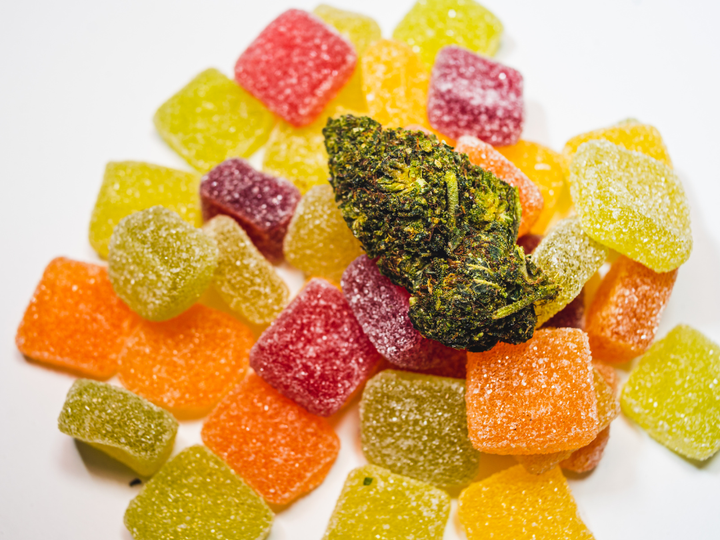THC gummies have gained considerable popularity in recent years, both as a recreational treat and a potential therapeutic aid. At their core, THC gummies are edible products infused with tetrahydrocannabinol THC, the psychoactive compound found in cannabis. The science behind these gummies involves a blend of chemistry and biology, focusing on how THC is extracted, infused into gummies, and metabolized by the body. The first step in creating THC gummies is the extraction of THC from the cannabis plant. This is usually done through methods such as solvent extraction or CO2 extraction, which separate THC from the plant material while preserving its potency. The extracted THC is then often dissolved in a carrier oil, such as coconut oil or olive oil, which helps in evenly distributing the THC throughout the gummy mixture. Once the THC is prepared, it is mixed with the gummy base, which typically consists of ingredients like gelatin, sugar, and flavorings. Gelatin, a key ingredient, gives the gummies their chewy texture and is derived from collagen found in animal connective tissues.
 The gummy mixture is heated to ensure the THC is fully incorporated and then poured into molds to set. This process ensures that each gummy contains a consistent dose of THC, providing a predictable experience for consumers. When THC gummies are consumed, they enter the digestive system where they are broken down. Unlike smoking or vaping cannabis, where THC is absorbed directly into the bloodstream through the lungs, edibles must first be processed by the liver. This process converts THC into a more potent form called 11-hydroxy-THC, which is known for its stronger psychoactive effects compared to THC. This conversion can lead to a delayed onset of effects, often taking 30 minutes to 2 hours to be felt, and can result in a more intense high that lasts longer. The unique nature of THC gummies lies in their ability to provide a controlled and discreet method of consuming cannabis. The precise dosage in each gummy allows users to manage their intake more accurately than with other methods.
The gummy mixture is heated to ensure the THC is fully incorporated and then poured into molds to set. This process ensures that each gummy contains a consistent dose of THC, providing a predictable experience for consumers. When THC gummies are consumed, they enter the digestive system where they are broken down. Unlike smoking or vaping cannabis, where THC is absorbed directly into the bloodstream through the lungs, edibles must first be processed by the liver. This process converts THC into a more potent form called 11-hydroxy-THC, which is known for its stronger psychoactive effects compared to THC. This conversion can lead to a delayed onset of effects, often taking 30 minutes to 2 hours to be felt, and can result in a more intense high that lasts longer. The unique nature of THC gummies lies in their ability to provide a controlled and discreet method of consuming cannabis. The precise dosage in each gummy allows users to manage their intake more accurately than with other methods.
Additionally, the premium thc gummies form can mask the taste of cannabis, making it more palatable for those who might be averse to its flavor. Furthermore, the effects of THC gummies can vary depending on factors such as the individual’s metabolism, tolerance, and the presence of other cannabinoids or terpenes in the product. Some gummies are formulated to include additional compounds like CBD, which can modulate the effects of THC, providing a more balanced experience. In summary, the science behind THC gummies involves the careful extraction and infusion of THC, the preparation of a gummy base, and the subsequent digestion and metabolism of the product. The unique combination of these factors results in a distinctive and controlled cannabis experience that has contributed to the growing popularity of THC-infused edibles. For those seeking vegan options, agar or pectin can be used as alternatives to gelatin.